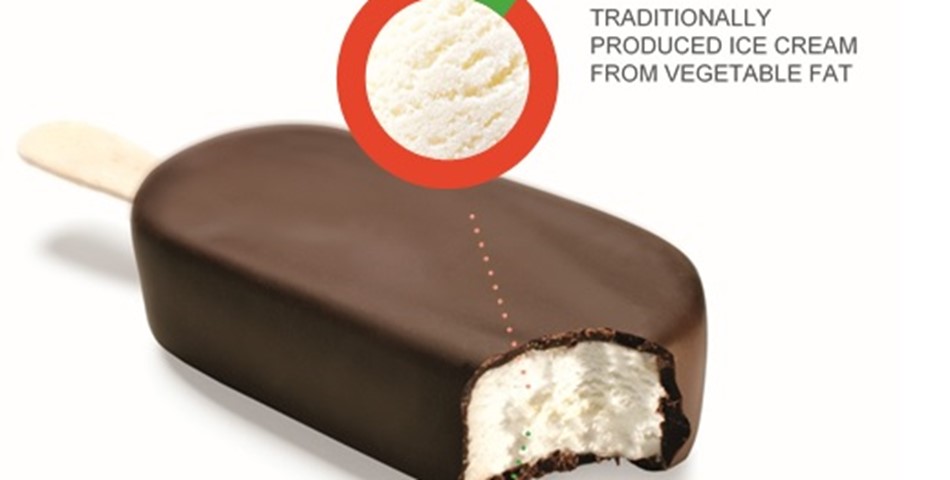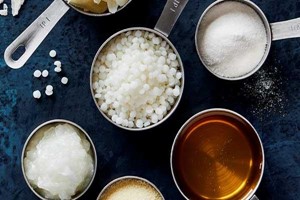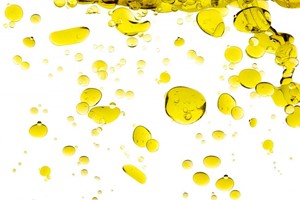Living a healthy lifestyle is becoming increasingly important for consumers around the world, making them look for healthier versions of their favorite treats and that, preferably, without compromising on the quality of the product and their eating experience. A feat that has been tricky to accomplish for ice cream, until now.
Ice creams may traditionally have been made from dairy cream, but today, vegetable fat types that typically contain 80 – 90 percent saturated fat are a common ingredient, and those are exactly the types of fats that nutrition experts tell us to stay away from as they are suspected of contributing to cardiovascular diseases. Unfortunately, saturated fat plays an important role in ice cream production as it contributes not only to that wonderful, creamy texture but, together with milk proteins and emulsifiers, it is also a primary structuring ingredient. In other words, it holds the ice cream’s essential structure together. Ice cream is, effectively, frozen foam, so its stability is crucial to maintaining taste and texture quality throughout its shelf-life. Reducing the level of saturated fatty acids in the fat used when making ice cream will, other factors being equal, compromise the ice cream’s structure, mouth-feel and stability, making for a reduced eating quality. This is because there is less crystalline fat available for building structure.
A little help will go a long way
By adding the as little as 0.90 percent of right combination of emulsifiers and stabilizers to the ice cream recipe, however, manufacturers will be able to reduce the level of saturated fats by up to 60 percent and still maintain the desired sensory properties.
The most common emulsifiers used in ice cream are mono- and diglycerides (MDG), which are produced from vegetable fats. However, mono- and diglycerides can be further esterified into lactic acid esters of mono- and diglycerides (LACTEM), and that opens up new possibilities for ice cream manufacturers. Compared with MDG, LACTEMs are more hydrophilic, and they are relatively uncommon in ice cream production. However, in combination with MDG, LACTEMs have a significant influence on foam stability and texture; and it’s this fact that manufacturers can utilize to produce ice cream with lower levels of saturated fat.
Marketed in the Middle East by emulsifier-inventor Palsgaard under its Palsgaard® Lactem brand, this new series of emulsifiers will work in synergy with the company’s well-established Palsgaard® ExtruIce series of integrated emulsifiers and stabilizers, custom designed to improve form stability, creaminess and mouth-feel as well as melt-down properties and prevent heat shock in extruded ice creams. This way, creating delicious, yet healthier ice creams with greater shelf-life becomes an easy task.














